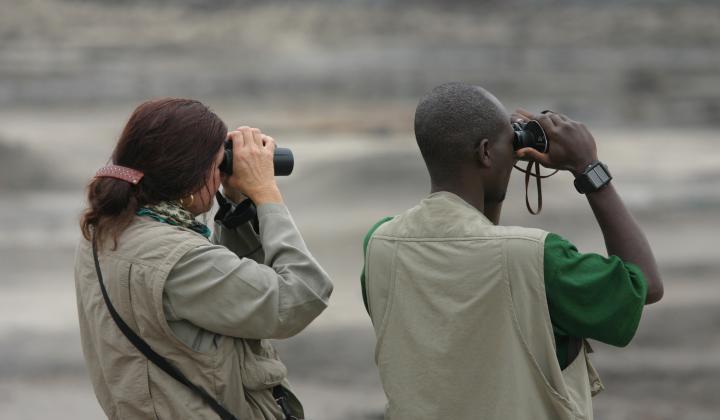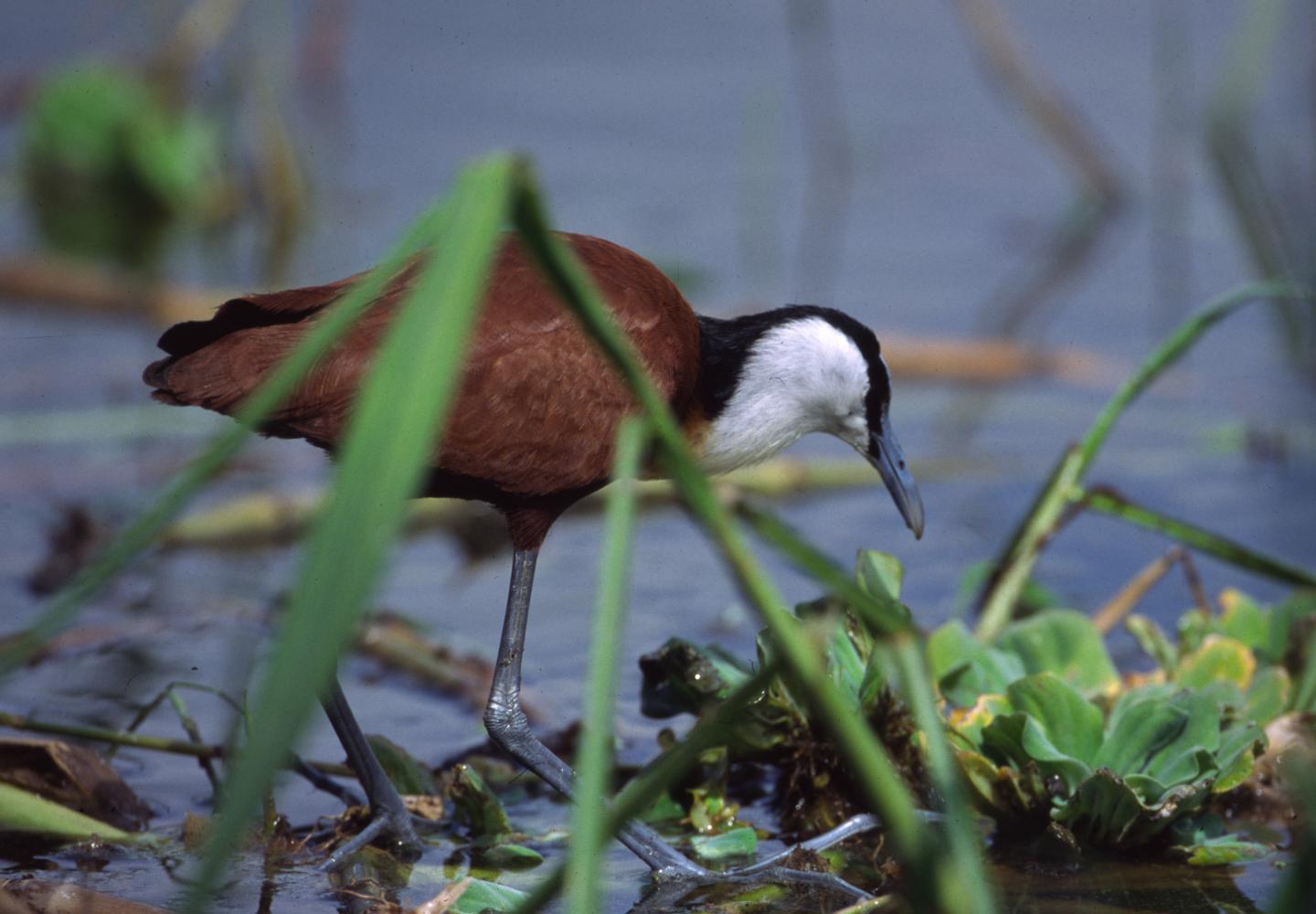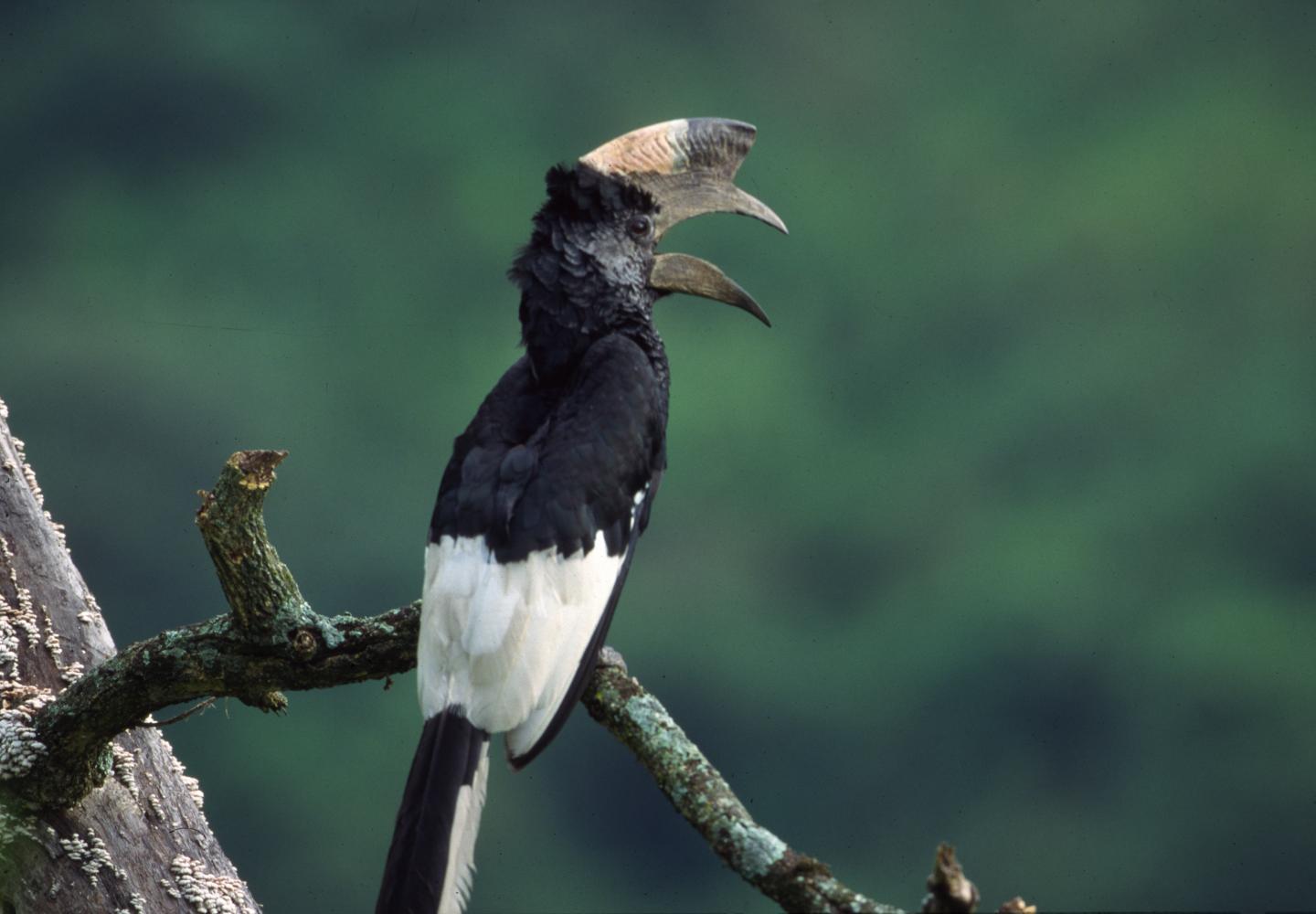Uganda Birding (Special intrest)

East Africa is probably one of the best birdwatching destinations of the world. Uganda is considered by some specialists to be the richest country for birds in Africa.
The country approximately hosts 50% of the continent’s bird count and 11% of the world’s bird species. The bird list is so impressive and a birder can easily identify more than 500 different species of birds over a period of only 2 weeks.
The Pearl of Africa, as she is often labeled, is one destination every ardent birdwatcher needs to visit to update their checklist.
About Uganda Birding: Nigel Wheatley, for instance, in "Where to Watch Birds in Africa" (1995) said: "In terms of its size, Uganda is the richest country for birds in Africa. And this immense volume and diversity occurs miraculously in a space which keen birders can cover in a relatively short visit. Uganda’s exceptional avian diversity can be attributed to the diversity of its habitats, which includes semi-desert, savannah, tropical rain forest, swamps and an Afro-alpine zone.”
Birding in Uganda is mostly done in designated wildlife conservation areas that are located in almost all regions of the country categorized into National Parks, Wildlife Reserves, IBA Sites, Ramsar Sites, Forests, and Sanctuaries. These areas have a variety of wildlife ranging from mammals, reptiles, amphibians, vertebrates, invertebrates and rodents, insects, plants and people.
But as you marvel at Uganda’s beautiful feathery population, you will quickly realize that this country is not only about staring at Shoebills and Turacos, but also a top big game safari destination.
Prepare to be wowed by the Mountain Gorillas in Bwindi Impenetrable National Park, track the chimpanzees in Kibale Forest National Park or hike the mountains of the moon while on your ornithology safari in Uganda.
OVERVIEW.
1- ENDEMIC BIRD AREA'S (EBA's):
1.1.Three Endemic Bird Areas (EBA's) lie partly within Uganda:
- The Albertine Rift Mountains
- The Eastern Democratic Republic of Congo lowlands
- The Kenyan mountains
1.2.Three secondary areas:
Dry woodlands west of Lake Victoria
North Ugandan swamps
North-east Uganda.
Uganda has over 30 restricted range species of which 24 are found only in the Albertine Rift Mountains.
2- Uganda, which joined the Convention in 1988, now (September 15th, 2006)
has 11 Ramsar sites (+1) covering a surface area of 354,803 hectares.
Spread around the country, the sites contribute a variety of wetland types to the total area of Ramsar sites, going from Uganda's largest tract of swamp forest to extensive papyrus tracts and an impressive waterfall system.
Thanks to the new designations, the country can now afford extra protection to the habitats of endangered species such as the globally vulnerable Shoebill, the Papyrus Gonolek, and the Sitatunga, which constitute important tourist attractions.
The cultural and socio-economic value of these wetlands should also be emphasized, as local communities depend on them for their survival in terms of fish, construction material, medicines, flood protection, water filtration, grazing and much more.
UGANDA RAMSAR SITES:
2.1. South-west: 1 Ramsar site
Nabajjuzi Wetland System. 15/09/06 - Ramsar site no. 1639. Most recent RIS information: 2006.
2.2. West: 2 Ramsar sites
- Rwenzori Mountains Ramsar Site. 13/05/09 - Ramsar site no. 1861. Most recent RIS information???
- Lake George 04/03/88 - Ramsar site no. 394 - Most recent RIS information???
2.3. North-west: 1 Ramsar site
Murchison Falls-Albert Delta Wetland System. 15/09/06 - Ramsar site no. 1640. Most recent RIS information: 2006.
2.4. South-central: 5 Ramsar sites
- Lake Mburo-Nakivali Wetland System.15/09/06 - Ramsar site no.1634. Most recent RIS information: 2006.
- Lutembe Bay Wetland System. 15/09/06 - Ramsar site no. 1637. Most recent RIS information: 2006.
- Mabamba Bay Wetland System. 15/09/06 - Ramsar site no. 1638. Most recent RIS information: 2006.
- Sango Bay-Musambwa Island-Kagera Wetland System (SAMUKA). 15/09/06 - Ramsar site no. 1641. Most recent RIS information: 2006.
-Lake Nabugabo wetland system. 11/02/04 - Ramsar site no. 1373. Most recent RIS information: 2004.
2.5. East: 3 Ramsar sites
- Lake Bisina Wetland System. 15/09/06 - Ramsar site no. 1633. Most recent RIS information: 2006.
- Lake Nakuwa Wetland System. 15/09/06 - Ramsar site no. 1635. Most recent RIS information: 2006. L
- Lake Opeta Wetland System. 15/09/06 - Ramsar site no. 1636. Most recent RIS information: 2006.
3- Special programs have been set up to improve bird watching by identifying the Important Bird Area (IBA) and selecting the nesting sites and by establishing special guide programs and forest trails.
UGANDA IBA SITES:
33 x Important Bird Areas (IBAs) are covering some 7% of the area of the country.
3.1 - Seven IBA's in the south-west of Uganda:
- Mgahinga Gorilla National Park
- Echuya Forest Reserve
- Nyamuriro Swamp
- Bwindi Impenetrable National Park
- Nabajjuzi Wetland
- Kashoya-Kitomi Forest Reserve
- Bugoma Forest Reserve
3.2 - Six IBA's in the west near the border with the Democratic Republic of Congo:
- Rwenzori Mountains National Park
- Kibale National Park
- Queen Elizabeth National Park & Lake George
- Kyambura Wildlife Reserve
- Semliki National Park
- Semliki Reserves.
3.3 - Eight IBA's in the Lake Victoria Basin in the south-central region of Uganda:
- Lake Mburo National Park
- Sango Bay area
- Nabugabo Wetland
- Musambwa Islands
- Lutoboka Point (Ssese Islands)
- Mabamba Bay
- Lutembe Bay
- Mabira Forest Reserve.
3.4 - Five IBA's in the north-west:
- Budongo Forest Reserve
- Murchison Falls National Park
- Ajai Wildlife Reserve
- Mount Kei Forest Reserve
- Mount Otzi Forest Reserve.
3.5 - Seven IBA's in the east towards the Kenyan border:
- Doho Rice Scheme
- Lake Nakuwa
- Lake Bisina
- Lake Opeta
- Mount Elgon National Park
- Mount Moroto Forest Reserve
- Kidepo Valley National Park.
Most of the above IBAs are accessible by birdwatchers .The most frequently visited areas have site guides' clubs.
Our selection of the 10 best Uganda's Birding Spots.
1. Mabamba Bay Wetland at Lake Victoria
2. Bwindi Impenetrable National Park
3. Murchison Falls National Park
4. Queen Elizabeth National Park (Mweya & Ishasha sectors)
5. Mgahinga Gorilla National Park
6. Semuliki National Park & Semuliki Wildlife Reserve
7. Kibale National Park
8. Rwenzori Mountains National Park
9. Lake Mburo National Park
10. Budongo Forest
Top 10 birds in Uganda
- African Green Broadbill
- Great shoebill stork
- Green-breasted Pitta
- Great Blue Turaco
- Papyrus Gonolek
- Short-tailed warbler
- Bar-tailed Trogon
- Archer’s robin-chat
- Nkulengu rail
- Shelley’s crimsonwing
WHAT TO BRING WITH YOU FOR YOUR BIRDING TRIP IN UGANDA
- Bring binoculars
- Telescopes
- A camera with good zoom or telephoto lens
- Hiking boots are preferable for forest bird-watching
- Rain-gear as well as long-sleeved pants and shirt
- A hat for sun protection.
Recommended Field guide: Field Guide to Birds of East Africa, Terry Stevenson & John Fanshawe, Poyser, Softback.
Book description:
Helm Field Guide covering Kenya, Tanzania, Uganda, Rwanda and Burundi.
The first complete guide to this region. 3400 images of 1388 species illustrated on 287 superb new color plates by Brian Small, John Gale and Norman Arlott.
The text plus distribution map and the illustrations for each species are on facing pages. 632 pages.


